“When the time comes that an epidemic spreads, show the people a picture of me…” The yokai “Amabie,” which is said to have appeared in Japan long ago, is passed down as a symbol that predicts epidemics and hopes for their calming. With the outbreak of the novel coronavirus, Amabie once again captured people’s attention, and its image became widely recognized through the internet and social media.
Among Japan’s yokai, Amabie is a particularly rare type. In this article, we delve into the mystery of Amabie.
What Kind of Yokai is Amabie!?
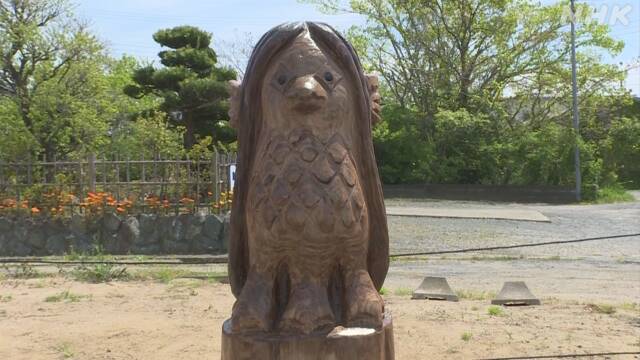
Amabie is a mystical yokai that appears in Japanese legends, said to resemble a mermaid. Amabie’s characteristics are very unique, starting with her lower body, which is covered in scales like a fish, suggesting that she is a being that dwells in the underwater world. She also has a sharp mouth, resembling a bird’s beak, which makes her unusual appearance stand out.
Additionally, Amabie is characterized by having three legs, a bizarre feature not found in most creatures. She has long hair on her head, often symbolizing the sea or tides, which further enhances her mysterious nature.
The most important role of Amabie is her ability to predict the future. Specifically, she is said to have foreseen the outbreak of epidemics and advised people to draw her image as a way to prevent them. Because of this, Amabie’s image became widely known as a talisman against epidemics, and she has been revered as a protector who brings safety to people.
The Origin of Amabie and the Legend of Repelling Epidemics
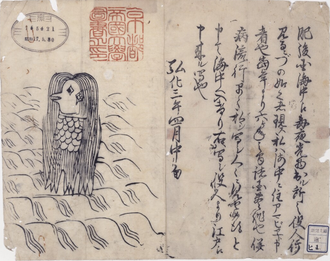
The origin of Amabie dates back to the Edo period in Higo Province, which is present-day Kumamoto Prefecture. The legend of Amabie begins with a mysterious event that occurred one spring night in Higo Province. Reports of a mysterious glowing object appearing beyond the sea surfaced, prompting officials and fishermen to gather by the shore to investigate. As they gazed out at the sea, a pale blue light emerged from the dark waves and slowly approached them.
As the light drew closer, it revealed a three-legged creature with a body covered in scales and a beak on its face. Ordinarily, people would be filled with fear upon seeing such an unusual figure. However, those present found themselves strangely captivated by the creature’s appearance rather than frightened.
Eventually, the creature spoke, introducing itself as “Amabie from the sea.” Amabie predicted several years of good harvests but warned that if a plague were to spread, people should show a picture of its image to protect themselves.
With these words, Amabie quietly disappeared back into the sea. This legend has been widely passed down as the origin of using images of Amabie as talismans to protect people from epidemics.
Why Did Amabie Become Popular Again?
Amabie’s existence came into the spotlight once more during the COVID-19 pandemic. Pictures of Amabie rapidly spread through the internet, and she was remembered again as a being that predicts and prevents epidemics. Especially on social media, numerous illustrations and characters inspired by Amabie were shared, leading to widespread recognition. This phenomenon shows that for people anxious about the pandemic, Amabie’s presence offered a kind of hope and reassurance.
The Difference Between Amabie and Amabiko

In fact, yokai that encourage people to spread their image existed before Amabie. The “Shrine Maiden” (Jinja Hime), which appeared in the late 18th century, is known as the first yokai to encourage the spreading of its image, depicted with a woman’s face, a dragon’s body, and a sword-like tail. Following her were other yokai, such as “Kudan,” a creature with the face of a cow, and “Amabiko,” a three-legged monkey-like yokai that became popular in 1843.
Amabiko was reportedly sighted in Higo Province (now Kumamoto Prefecture) and identified itself as a being from the sea, leaving predictions about good harvests and epidemics. The content of these predictions is very similar to Amabie’s legend. In fact, there is a strong theory that Amabie is a mistaken transcription of Amabiko. Unlike Amabie, whose record exists only in a single broadsheet preserved by Kyoto University Library, Amabiko has more extensive historical records, suggesting that it was more popular at the time.
Summary
How did you find this article? Amabie has remained in Japanese legends for a long time as a being that predicts and calms epidemics. There is even a theory that it was mistakenly depicted as “Amabiko.” With the outbreak of the novel coronavirus, Amabie’s image once again gained attention, bringing hope and reassurance to many people even in modern times. Amabie will continue to be passed down as a cultural symbol that lives on in people’s hearts, even in an era where science and reason are emphasized.
On this site, we introduce various other interesting aspects of Japanese history and culture besides Amabie. If you’re interested, we would be delighted if you could read our other articles as well!




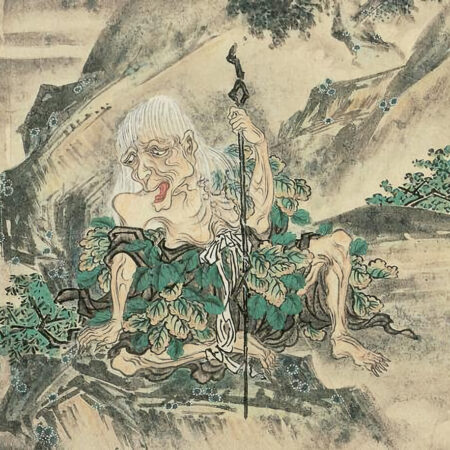
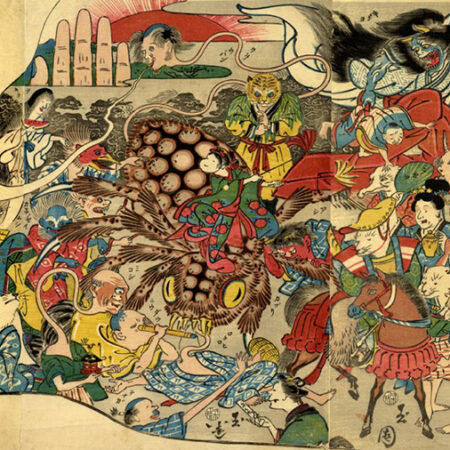


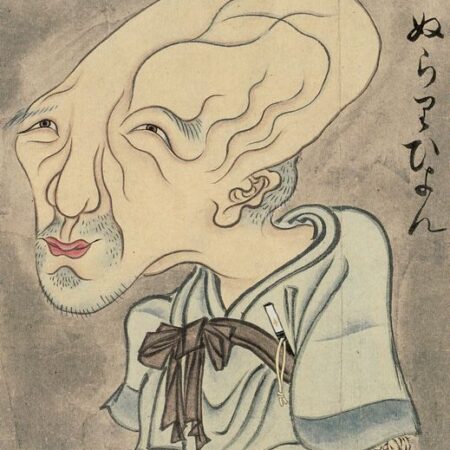

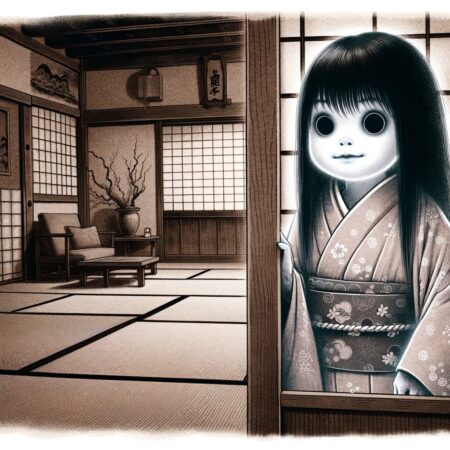
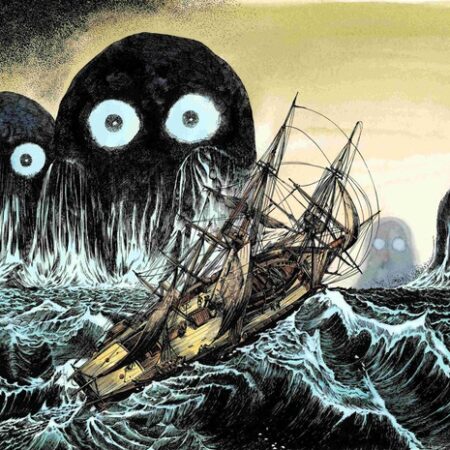

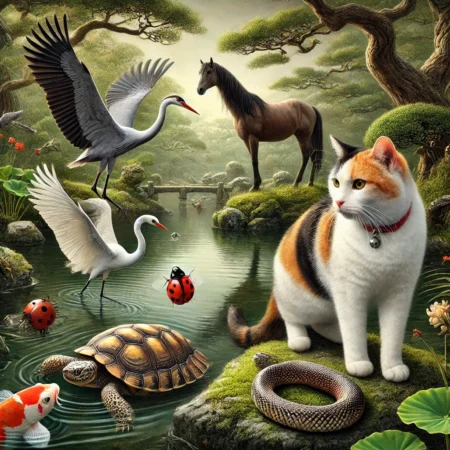
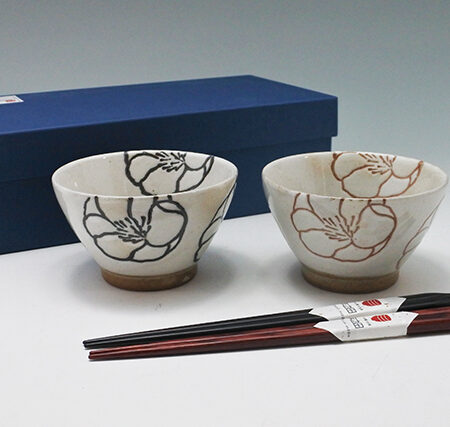
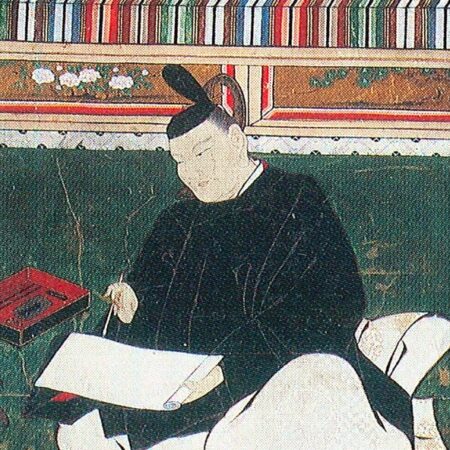
コメント